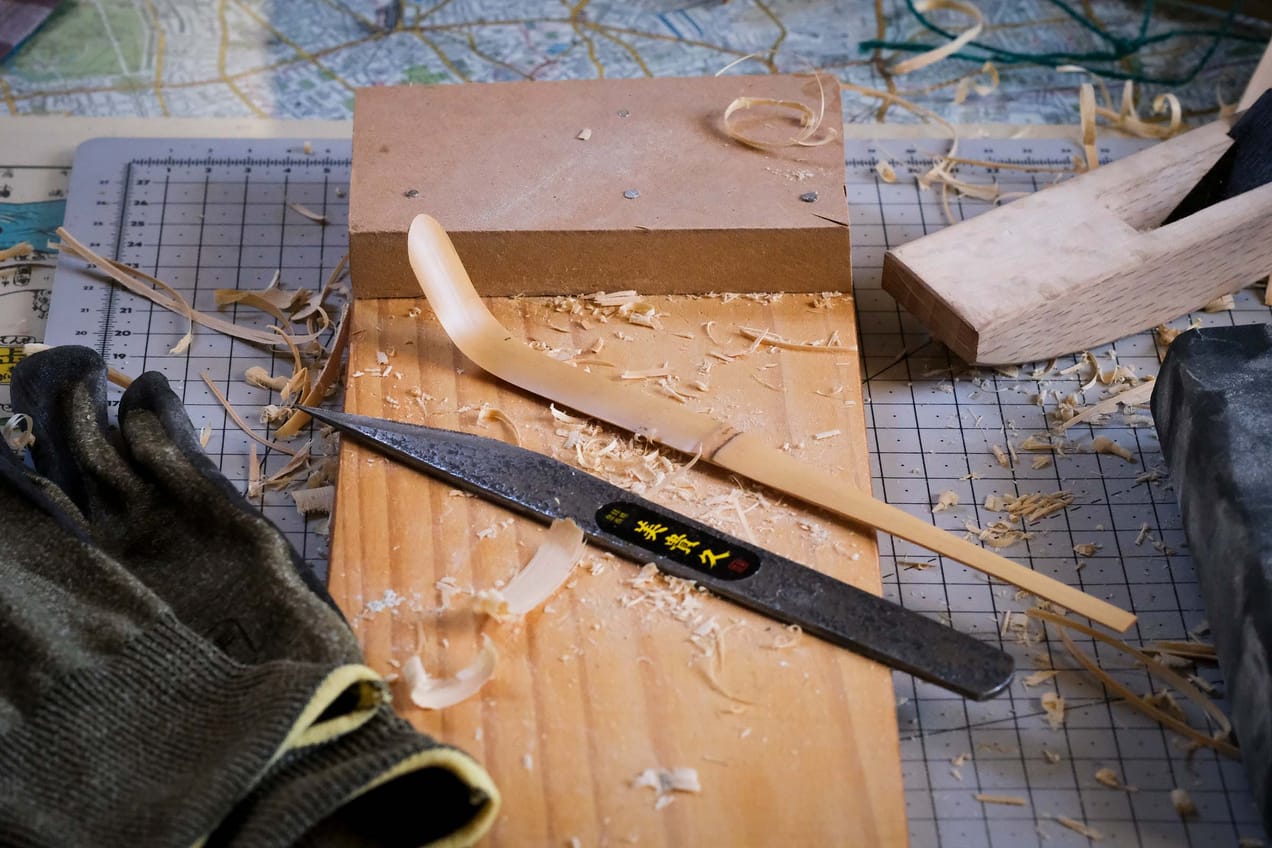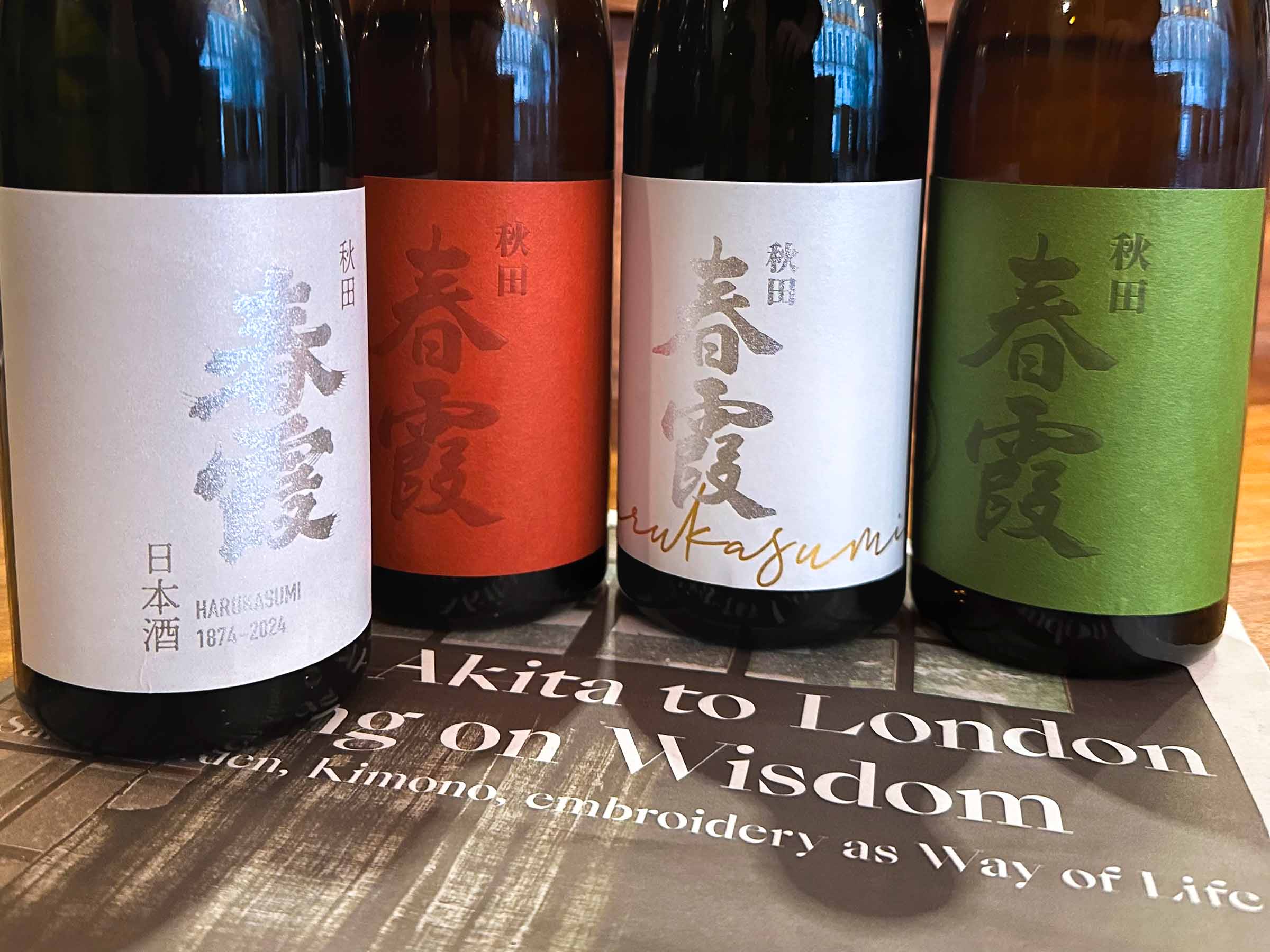
Sketches of Japanese Craftsmanship in London, September 2025
Sketches are my half-baked ideas, projects and notes for articles. I scribble them on napkins, random notebook pages or in my phone’s notes app.
Today's missive is from several activities I took part in during London Design Festival in September 2025. The common denominator was Japanese craftsmanship with practical lessons about choosing place over prestige, how craft expertise can evolve into unexpected industries, and what screen-bound workers can learn from using hand tools.
Sake made of Misato
My friend, textile designer Kyoko Wainai, led an eclectic exhibition by makers from Akita Prefecture in Northern Japan under the banner "From Akita to London: Passing on Wisdom". Among them was Kuribayashi Brewery & Co, which makes Harukasumi sake in the town of Misato.
At a tasting for hospitality professionals at Sagamiya restaurant, seventh-generation owner and tōji (master brewer) Naoaki Kuribayashi shared his philosophy alongside Harukasumi’s classic lineup and a special 150th anniversary edition.
Misato has cold winters. With the change of season, snow from the neighbouring Ōu Mountains melts and filters through layers of underground rock, creating abundant high-quality springwater. Misato also grows its own variety of sake rice, Misatonishiki, a hybrid of the famous Yamadanishiki with Miyamanishiki.
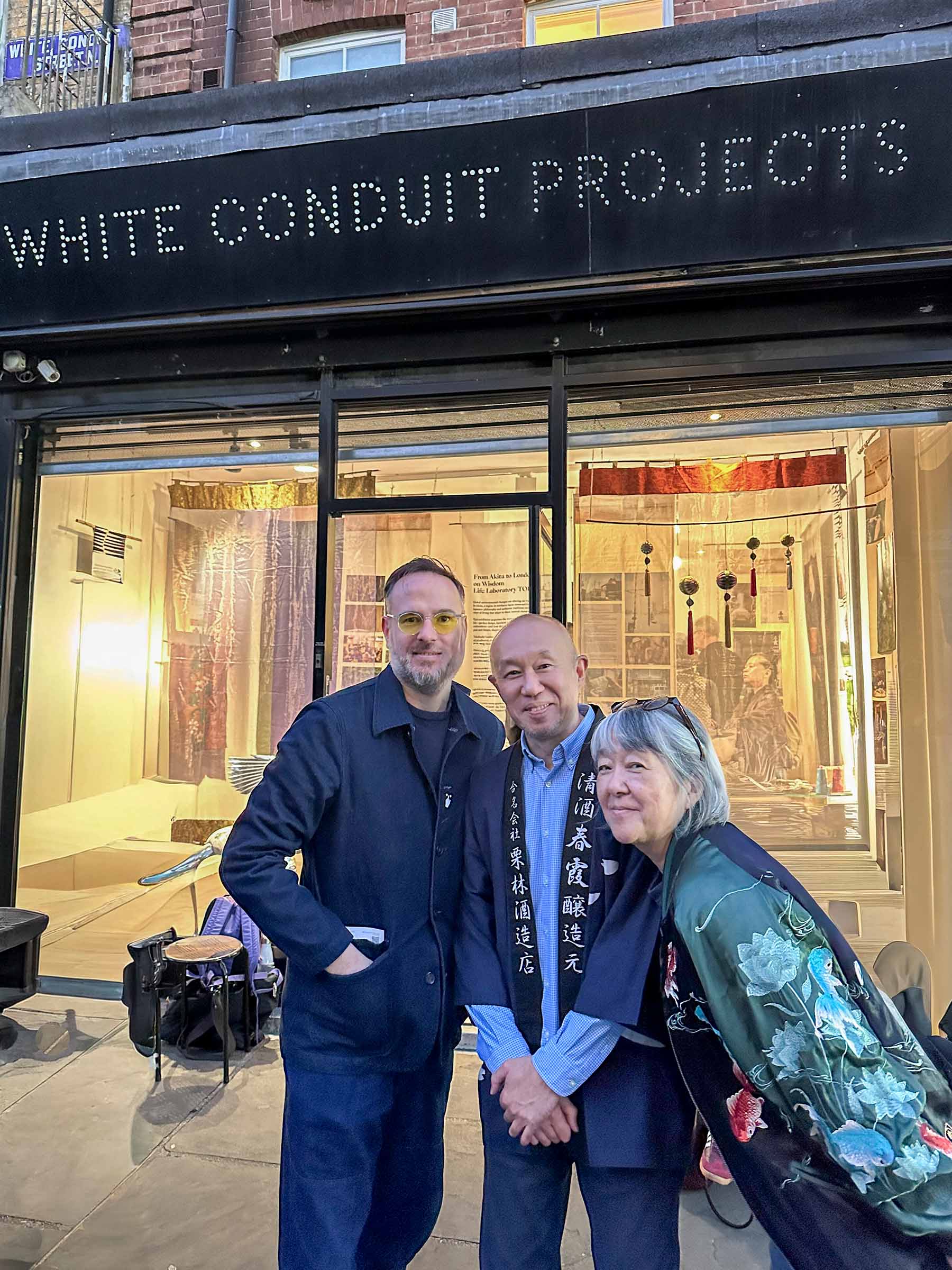
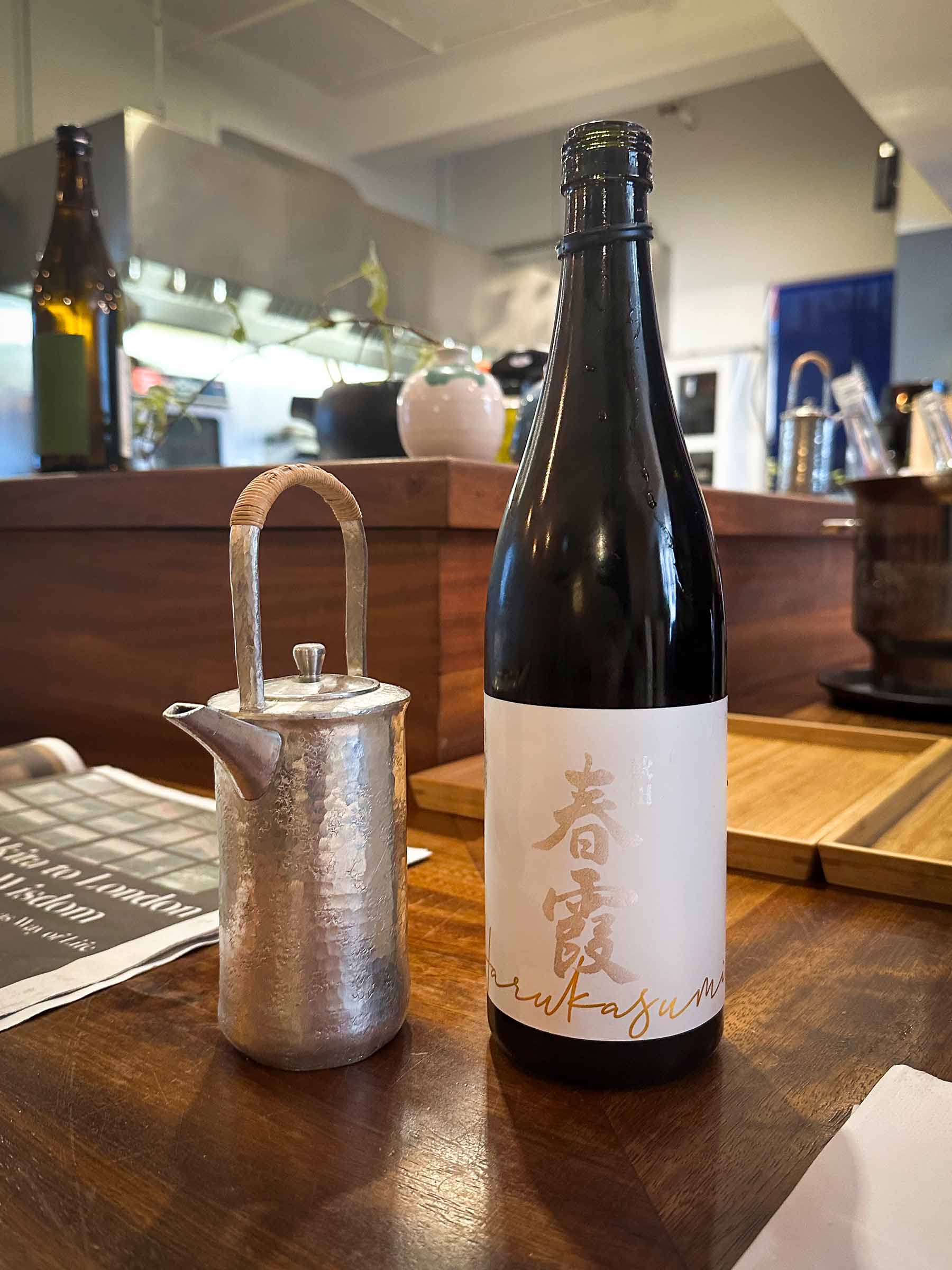
L: Myself with Naoaki Kuribayashi and Kyoko Wainai. R: Harukasumi sake tasting at Sagamiya
Kuribayashi-san acknowledged that Yamadanishiki deserves its title as king of sake rice: easy to work with, producing smooth drinks. So why does he use Misatonishiki? "I live in Misato, I brew sake in Misato. My goal is to make the best sake that this land can provide. My contribution is sake that carries the flavour of this town."
His focus on local resources reminded me that great work is not about the best tools and ingredients but the right ones for what you want to do and where you are. We love creating rankings but what is "best" is subjective and tied to a scarcity mindset. The gifts you offer the world have ties to who and where you are, and how you approach your work.
Two nights later, I took Kuribayashi-san on an exploration of London's sake scene. We started at Kanpai sake, a local brewer under London Bridge station where Lewis gave us a brief tour. We then moved to Moto in Covent Garden where Francisco guided us through their selection. The grand finale was at Kioku Sake Bar, all wooden furniture with chigiri joints, mirrored surfaces, ceramic cups, and vinyl playing in the background. Head sommelier Anthony, who'd attended Harukasumi's tasting, helped us pick the right nightcaps to conclude our serious market research.
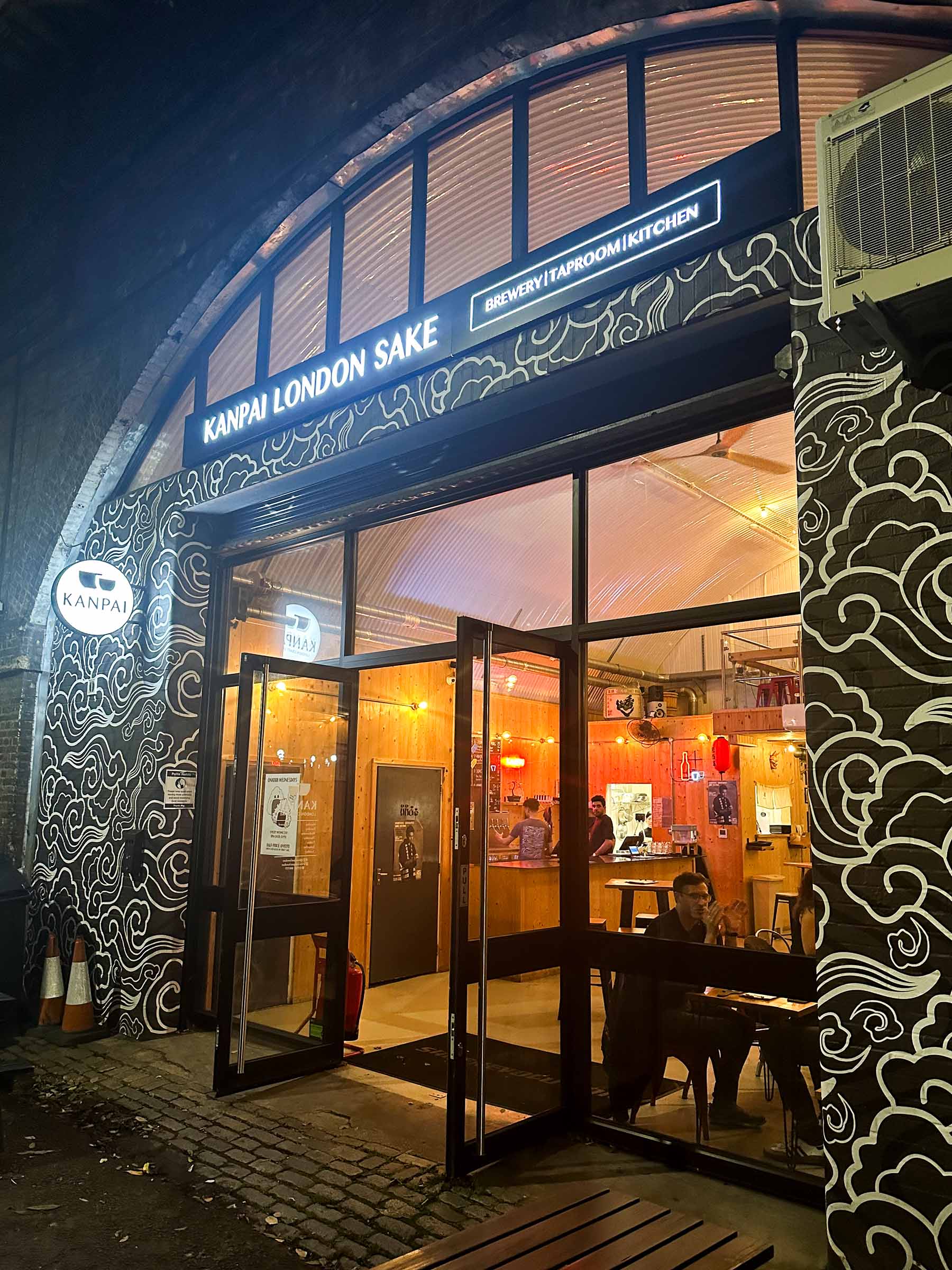
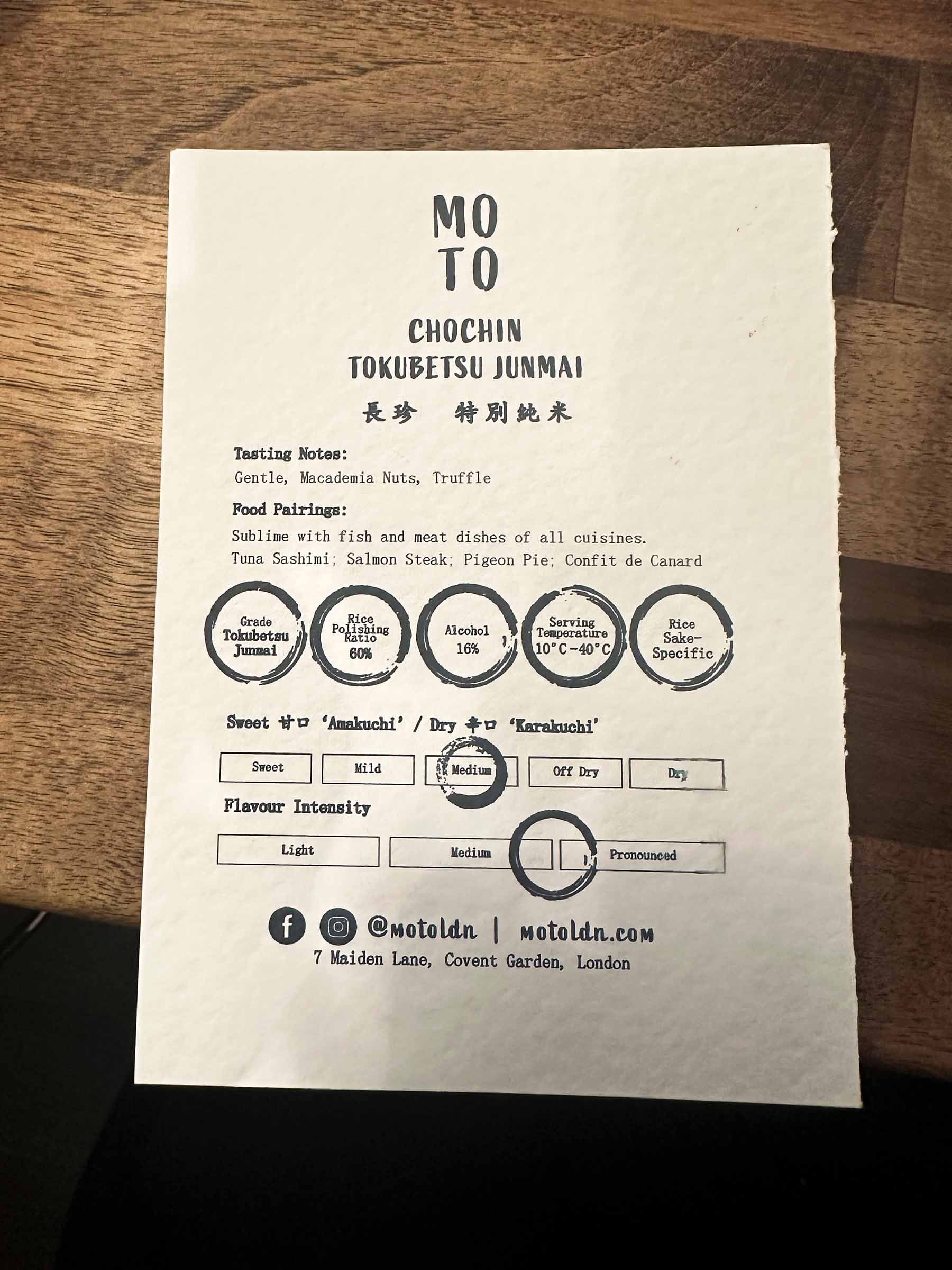
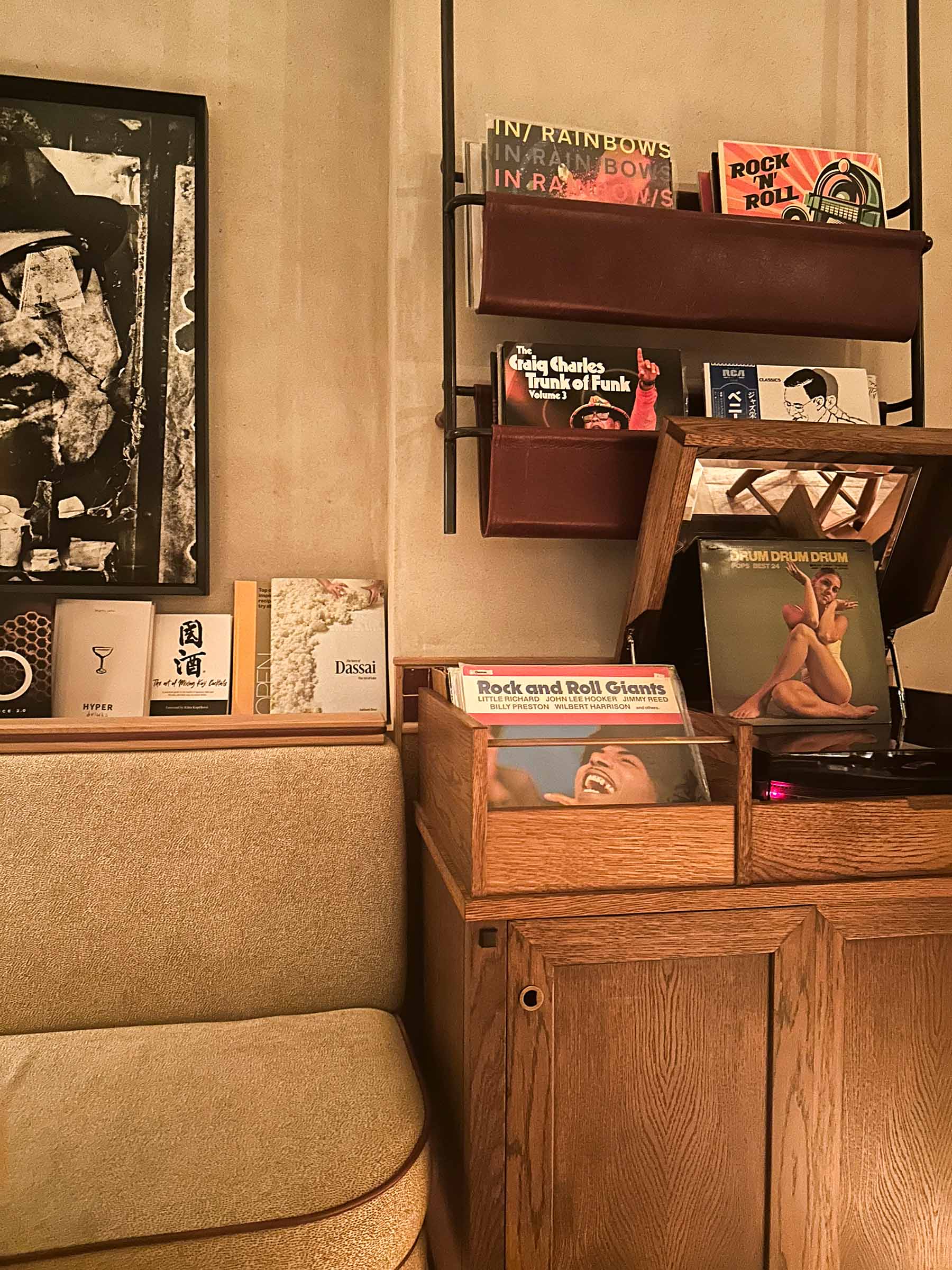
Three of London's sake hotspots: Kanpai Sake, Moto Sake Bar and Kioku Sake Bar. Photos by Gianfranco Chicco
A rose by any other name
Last April I met Faye Toogood during the Fuori Salone in Milan. She was presenting 'ROSE', her collaboration with Noritake, a historic porcelain brand founded in 1904 in Nagoya. Two weeks ago, Faye and Tetsuro Sano from Noritake invited us to the Toogood studio for lunch, where her creations were put to action in what was literally a rose-tinted experience.
The original menu was created by local restaurant Spring and roses played a prominent role on and off the table. The rose charlotte cake was a favourite (I wish I could have stuffed my mouth with it but alas that’s not something you do at a professional lunch) and each guest was gifted a rose—a full plant, not just a flower—from English rose breeder David Austin.
Today, only 5% of Noritake's business involves tableware. Their ceramic expertise has diversified into automotive parts, dental implants, and even the Space Shuttle's outer coating. Sanitary giant TOTO began as a Noritake spin-off. Yet the company continues investing in creative collaborations within its original craft.
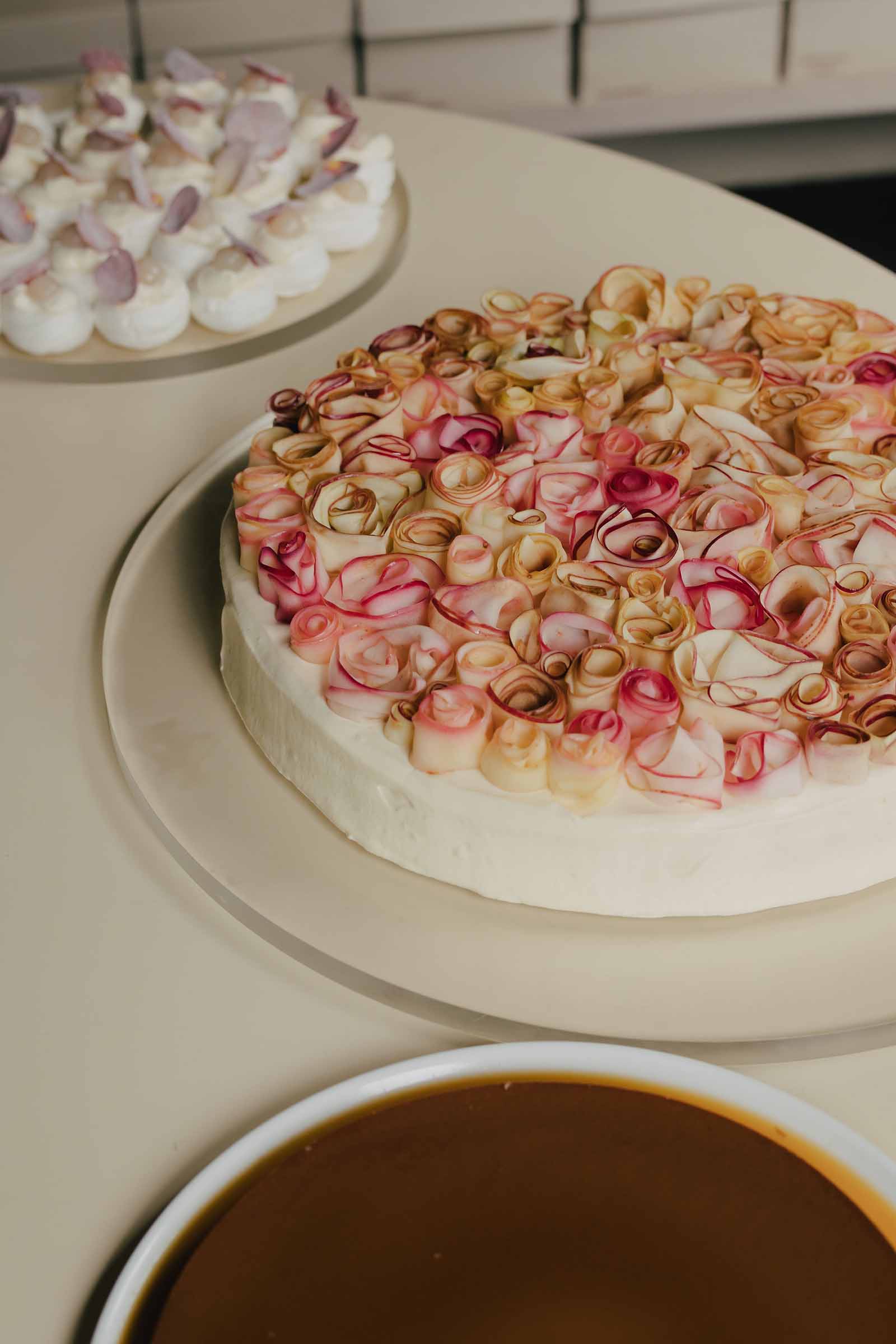
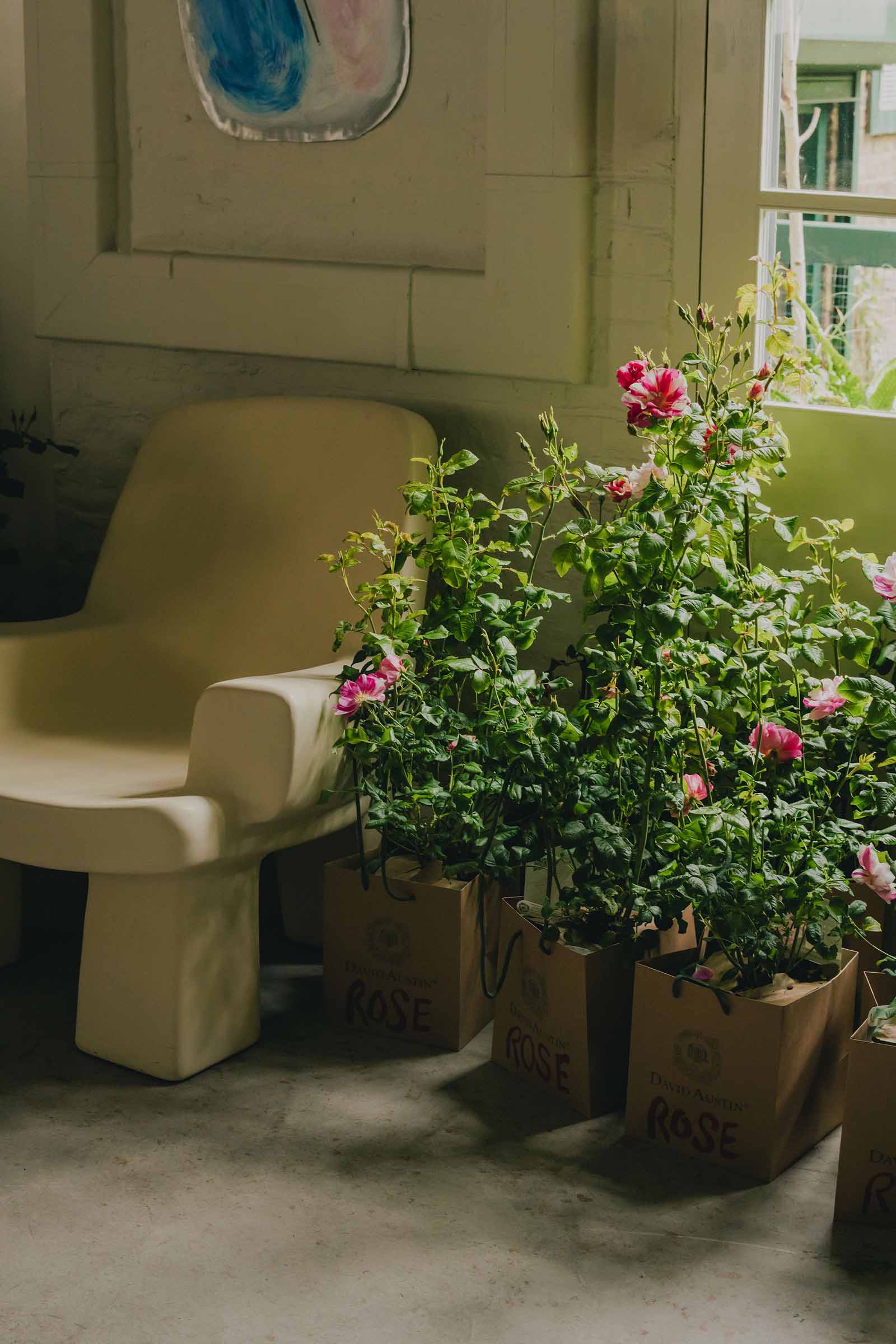
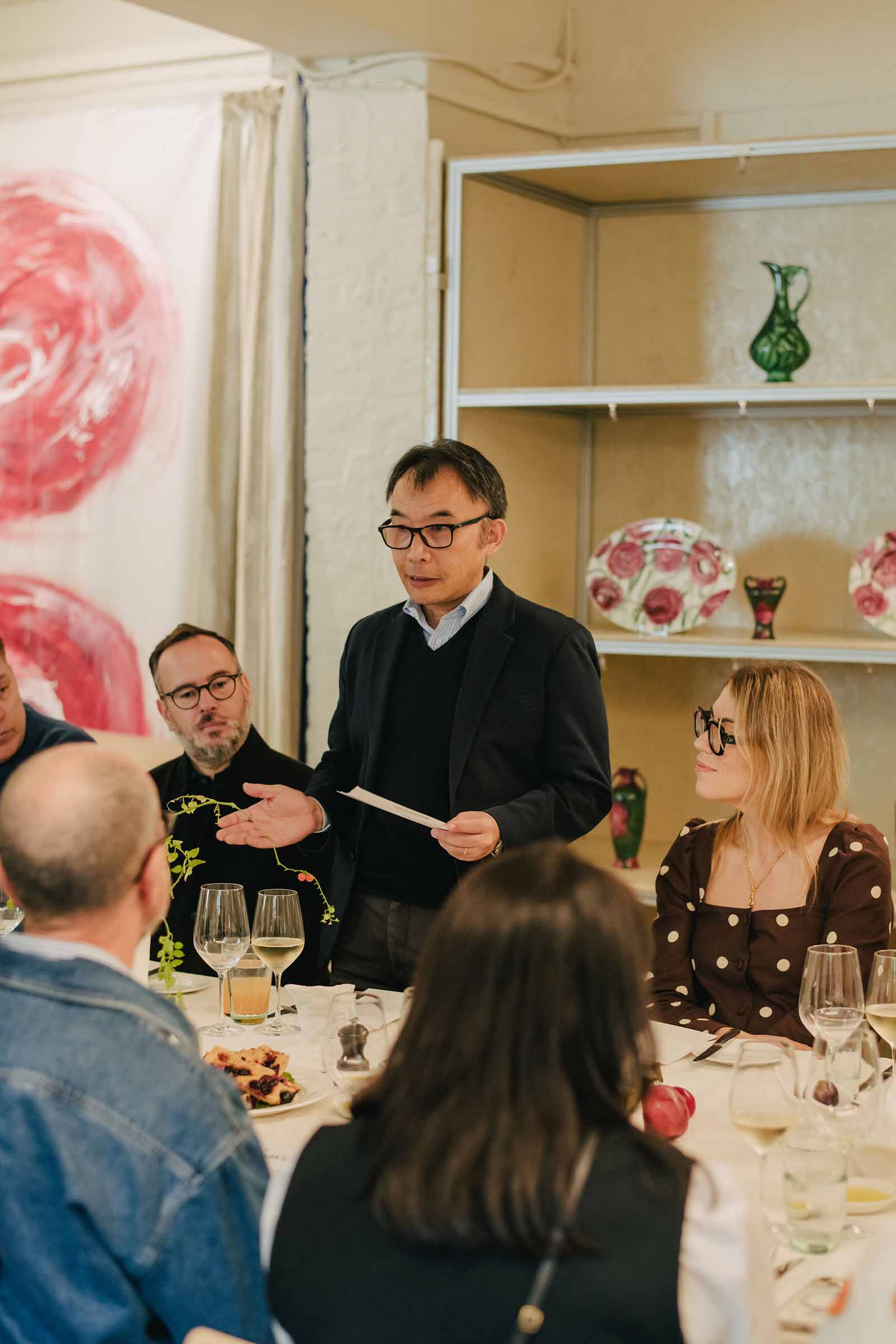
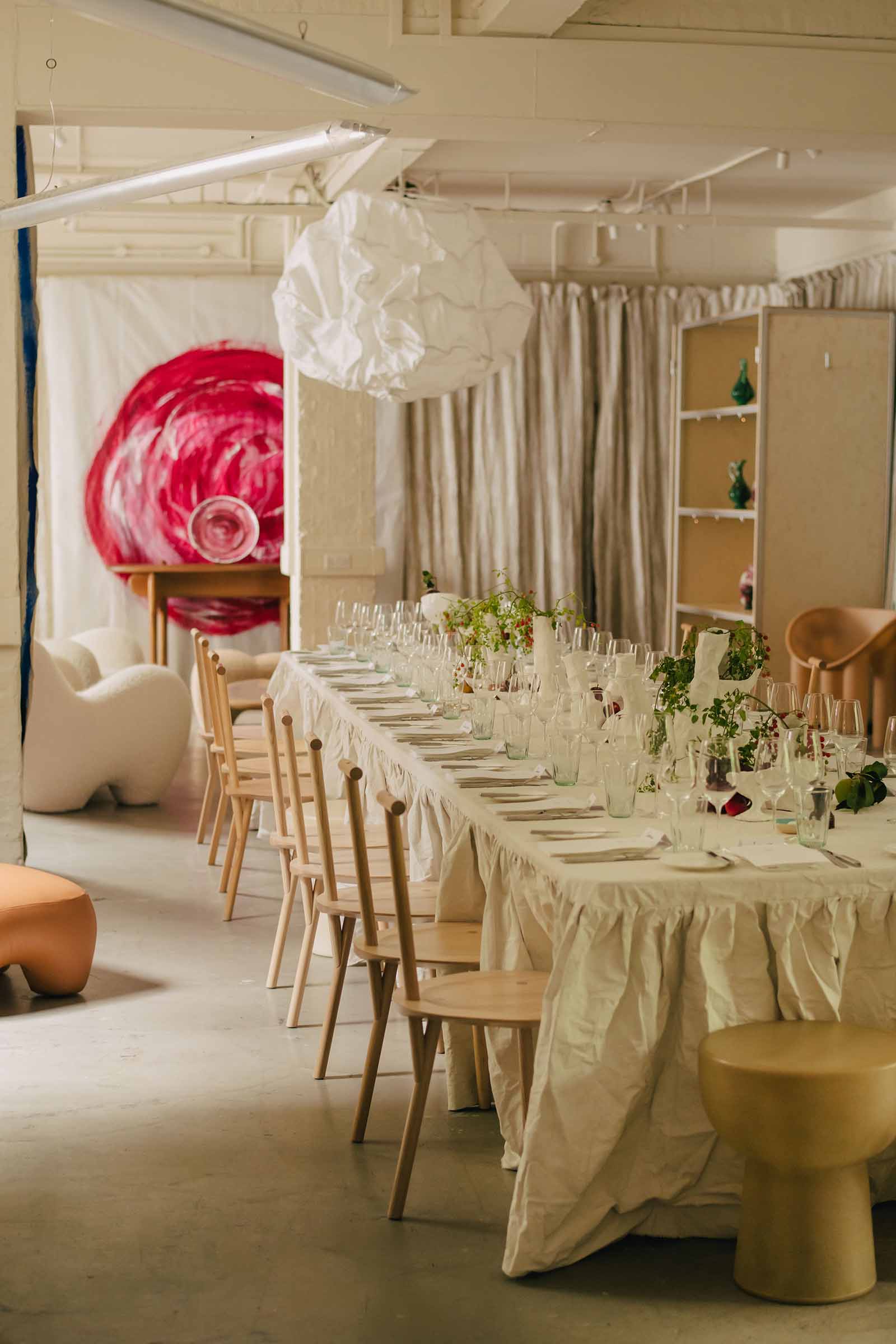
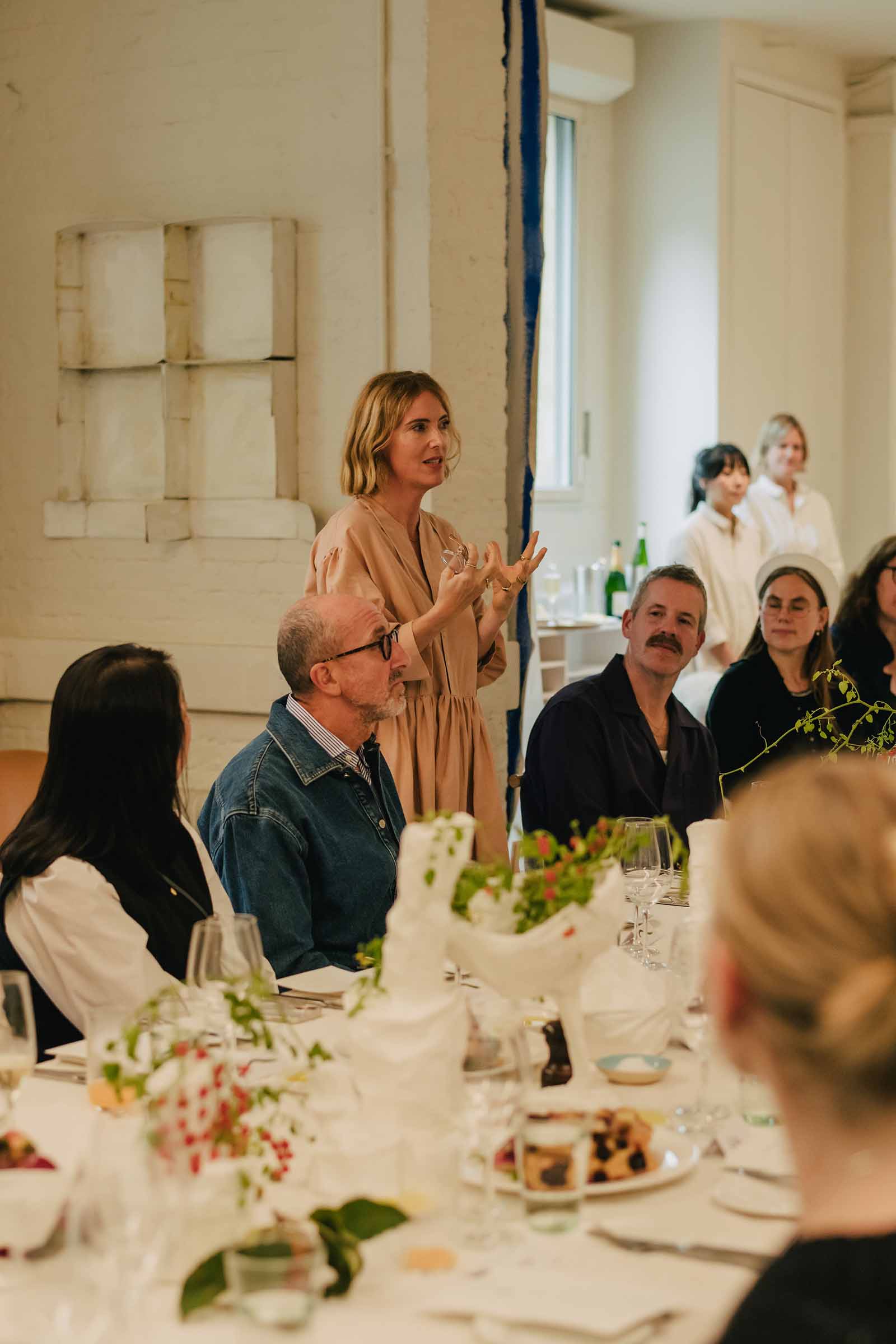
ROSE by Faye Toogood x Noritake Design Collection. Photos by Genevieve Lutkin
ROSE is part of creative collaborations under the "Noritake Design Collection". She came up with the rose motif during her residency with Noritake's technicians and artists. Reviewing the catalogue of past designs inspired feelings and colours that Faye finds during sunrise in her kitchen garden in the South Downs of England.
The result is handpainted classic shapes, which combined with Faye's personal experience create timeless appeal, echoing how Kuribayashi-san draws from Misato's landscape for a drink that transcends its origins.
The pleasure of hand tools
This summer I purchased my first Japanese wood plane, a kanna. Since then, I've been learning how to tune it and use it properly, so when David from SeenPR invited me to a chopstick-making workshop with Shintaro Oku, I jumped at the chance.
Oku-san is a woodworker from Kagoshima where his business, Koppa (木片, chips of discarded wood), transforms waste into useful objects. The workshop was hosted at Wagumi in the OXO Tower and aimed at a general audience.
I picked blanks made of bubinga, an African hardwood with an elegant caramel colour. Under Oku-san's guidance, I used jigs, a small kanna, sandpaper, and mineral oil to learn more effective planing and how to remove sharp angles to make chopsticks comfortable to eat with.
Planing and sanding my chopsticks.Video by David Gorrod
As a knowledge worker perennially in front of a screen, learning traditional hand skills, even briefly, offers something irreplaceable. The direct feedback between hand, tool, and material reminded me that true craft requires the alignment of body and mind, where proper posture and technique emerge from listening to the sound of the plane, feeling the wood grain, even noting the scent of the shavings.
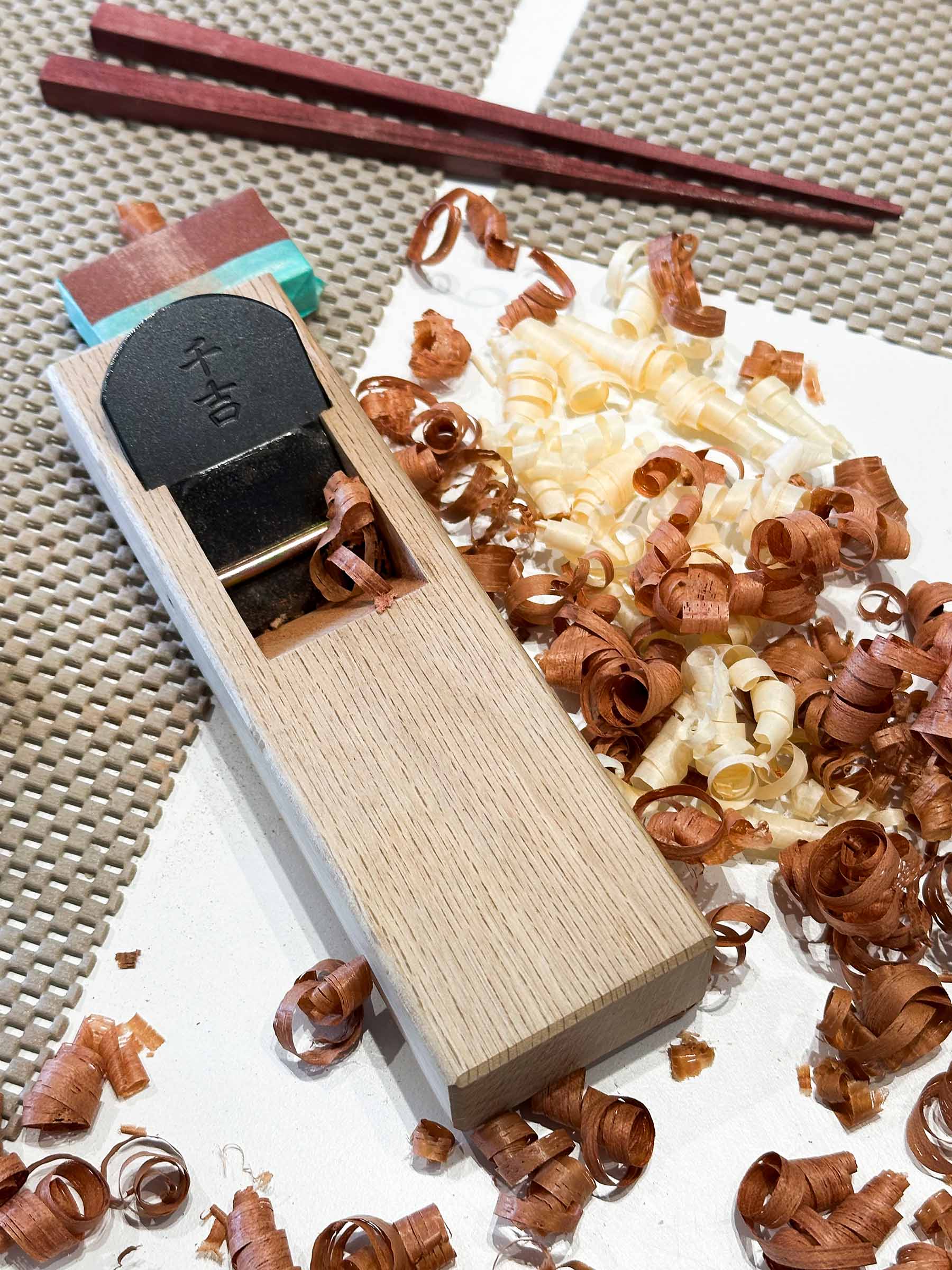
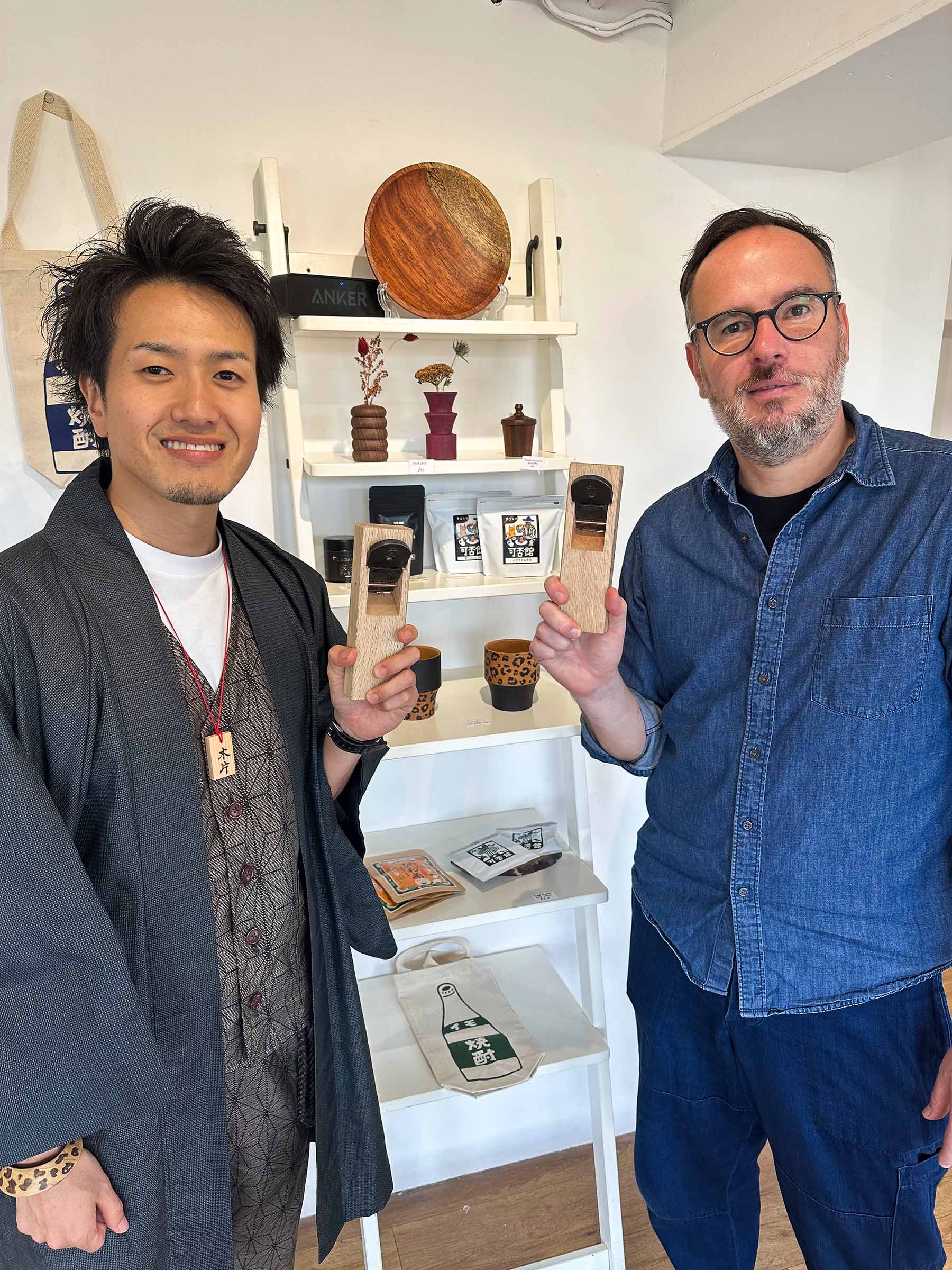
Chopsticks workshop with Shintaro Oku of Koppa. Photos by Gianfranco Chicco and David Gorrod


